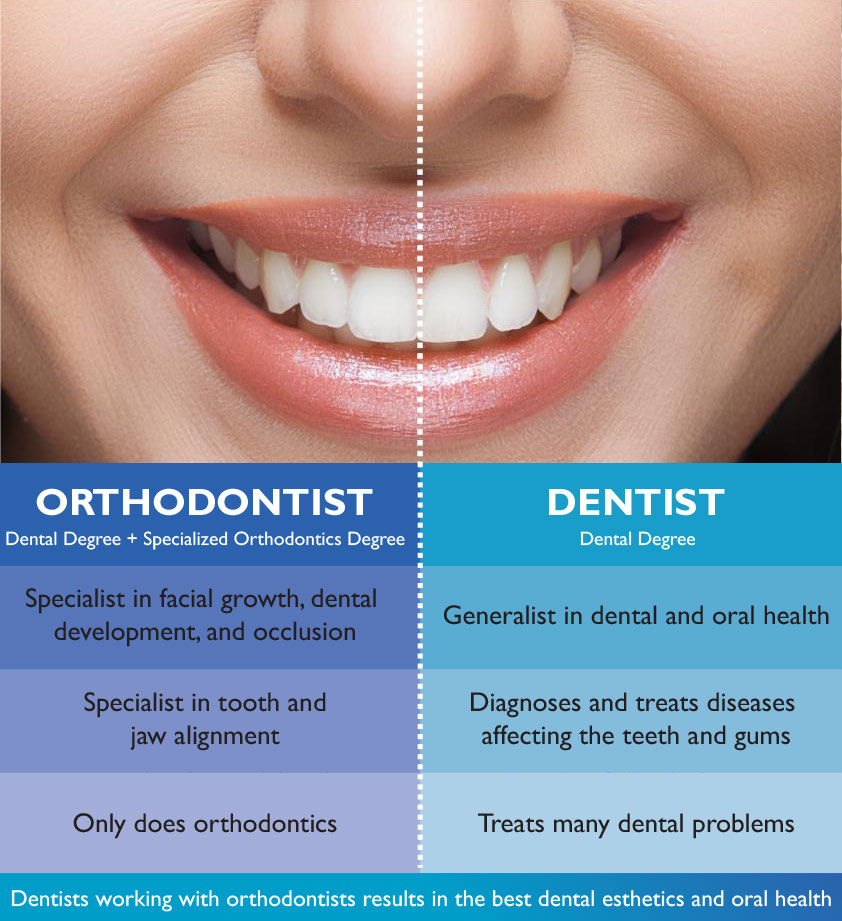Causey Orthodontics Fundamentals Explained
Table of ContentsUnknown Facts About Causey OrthodonticsThe Main Principles Of Causey Orthodontics Little Known Facts About Causey Orthodontics.Getting The Causey Orthodontics To WorkThe Facts About Causey Orthodontics Revealed
Overlooking occlusal connections, it was common to get rid of teeth for a range of oral problems, such as malalignment or congestion. The concept of an intact teeth was not commonly valued in those days, making bite connections seem unnecessary. In the late 1800s, the idea of occlusion was essential for developing reputable prosthetic replacement teeth.As these concepts of prosthetic occlusion advanced, it became an important device for dentistry. It remained in 1890 that the job and impact of Dr. Edwards H. Angle started to be felt, with his contribution to modern-day orthodontics especially significant. Focused on prosthodontics, he showed in Pennsylvania and Minnesota prior to directing his interest in the direction of dental occlusion and the treatments needed to preserve it as a regular condition, thus ending up being recognized as the "father of modern orthodontics".

The concept of perfect occlusion, as postulated by Angle and included right into a classification system, enabled a change towards treating malocclusion, which is any kind of variance from typical occlusion. Having a full collection of teeth on both arches was very looked for after in orthodontic therapy because of the requirement for exact partnerships between them.
What Does Causey Orthodontics Mean?
As occlusion came to be the crucial top priority, facial percentages and looks were overlooked - emergency orthodontist near me. To attain optimal occlusals without making use of external pressures, Angle proposed that having ideal occlusion was the best method to gain optimal face aesthetics. With the death of time, it came to be quite apparent that even an extraordinary occlusion was not ideal when considered from an aesthetic factor of sight
Charles Tweed in America and Raymond Begg in Australia (who both studied under Angle) re-introduced dentistry extraction into orthodontics throughout the 1940s and 1950s so they can boost face esthetics while additionally ensuring far better stability concerning occlusal relationships. In the postwar duration, cephalometric radiography begun to be made use of by orthodontists for determining modifications in tooth and jaw setting triggered by growth and treatment. It became noticeable that orthodontic treatment might change mandibular development, resulting in the formation of useful jaw orthopedics in Europe and extraoral pressure procedures in the US. These days, both functional devices and extraoral gadgets are applied around the globe with the purpose of modifying growth patterns and forms. Consequently, seeking real, or at least improved, jaw partnerships had become the major goal of treatment by the mid-20th century.
A Biased View of Causey Orthodontics
 The American Journal of Orthodontics was produced for this function in 1915; before it, there were no scientific objectives to adhere to, nor any kind of accurate category system and braces that lacked functions. Till the mid-1970s, dental braces were made by wrapping metal around each tooth. With improvements in adhesives, it came to be feasible to instead bond metal brackets to the teeth.
The American Journal of Orthodontics was produced for this function in 1915; before it, there were no scientific objectives to adhere to, nor any kind of accurate category system and braces that lacked functions. Till the mid-1970s, dental braces were made by wrapping metal around each tooth. With improvements in adhesives, it came to be feasible to instead bond metal brackets to the teeth.This has actually had purposeful impacts on orthodontic therapies that are provided consistently, and these are: 1. Proper interarchal partnerships 2. Right crown angulation (idea) 3.
The advantage of the design hinges on its brace and archwire mix, which needs only marginal cord bending from the orthodontist or clinician (orthodontist expert). It's aptly named hereafter function: the angle of the slot and density of the bracket base ultimately establish where each tooth is located with little need for added control
Rumored Buzz on Causey Orthodontics
Both of these systems used similar braces for each tooth and demanded the bending of an archwire in 3 planes for finding teeth in their wanted positions, with these bends determining ultimate placements. When it involves orthodontic appliances, they are split right into two types: detachable and fixed. Removable devices can be tackled and off by the client as called for.

Thus, almost all modern-day fixed devices can be thought about variations on this edgewise home appliance system. Early 20th-century orthodontist Edward Angle made a major payment to the world of dental care. He created 4 distinct device systems that have been made use of as the basis for lots of orthodontic treatments today, disallowing a couple of exceptions.
The Only Guide for Causey Orthodontics

The wire finished in a thread, and to relocate onward, an adjustable nut was made use of, which permitted an increase in area. By ligation, each private tooth was affixed to this large archwire (orthodontist services). Because of its limited array of movement, Angle was incapable to accomplish precise tooth positioning with an E-arch
These tubes held a firm pin, which might be rearranged at each visit in order to relocate them in location. Referred to as the "bone-growing home appliance", this gizmo was thought to urge healthier bone development due to its capacity for moving force straight to the roots. Applying it showed frustrating in reality.